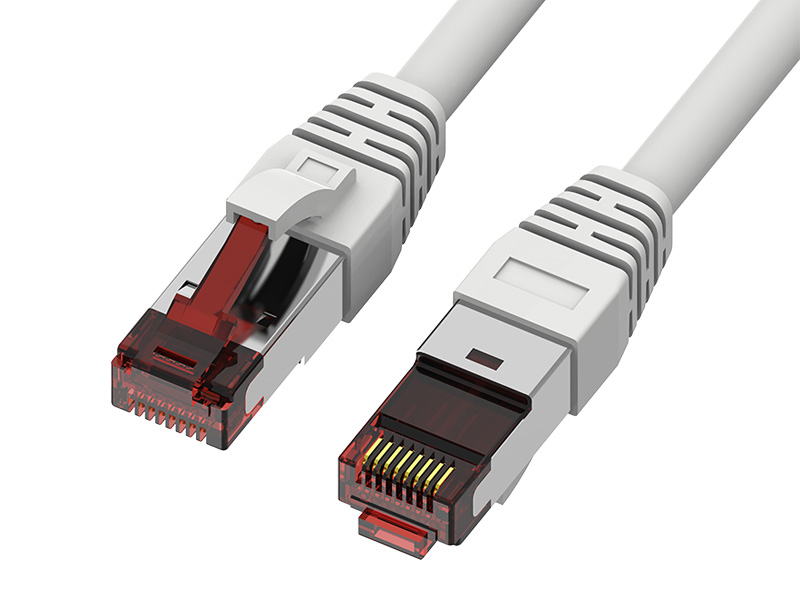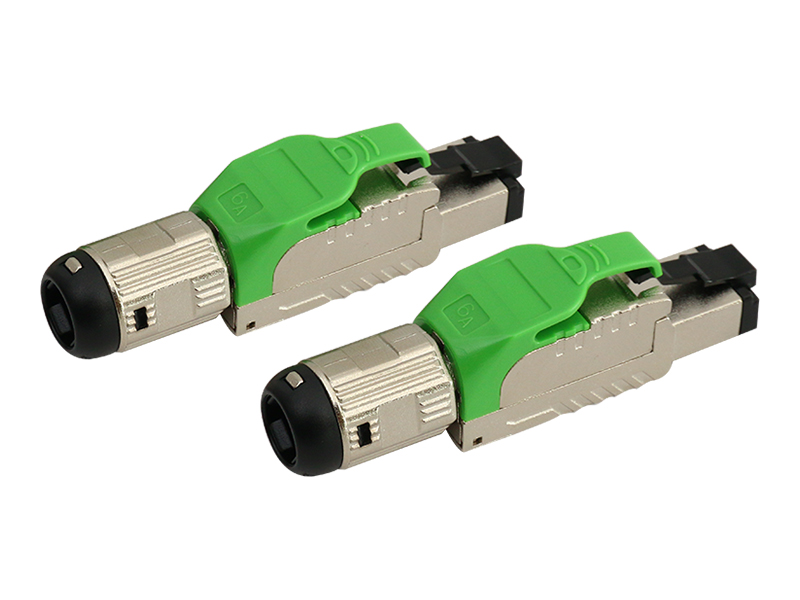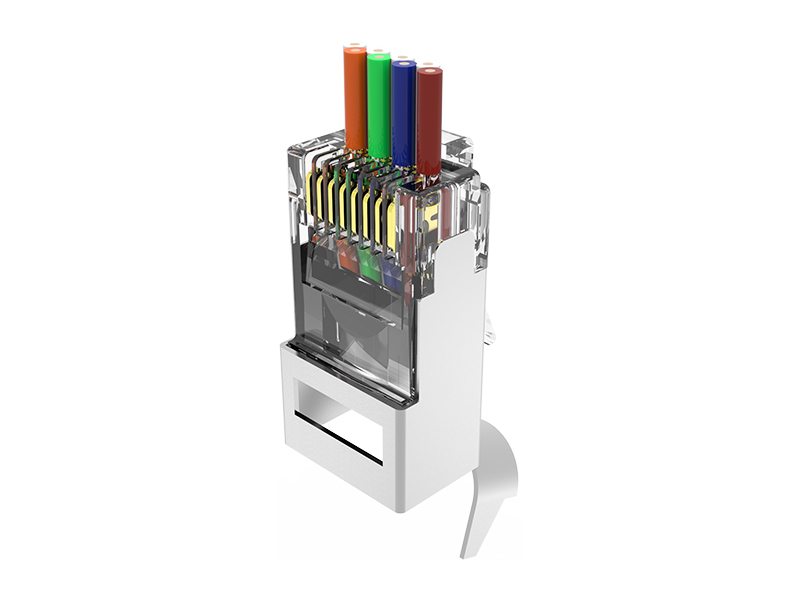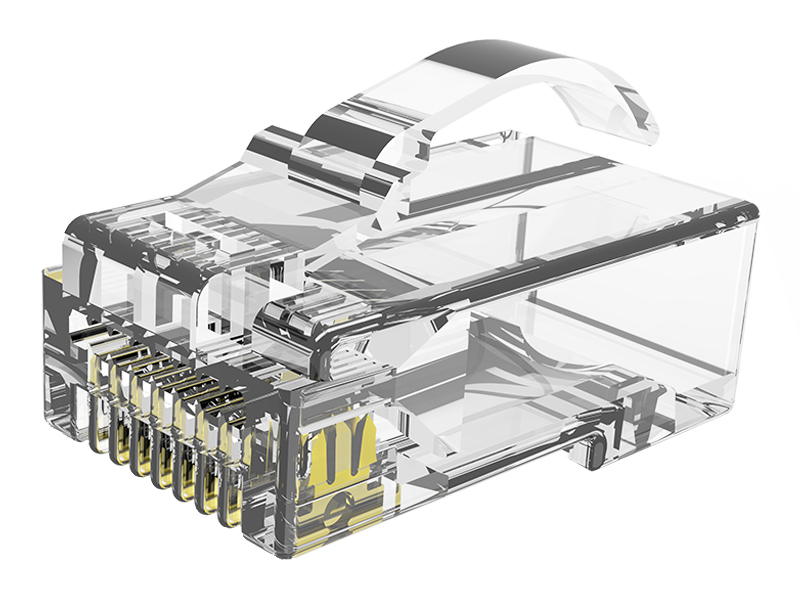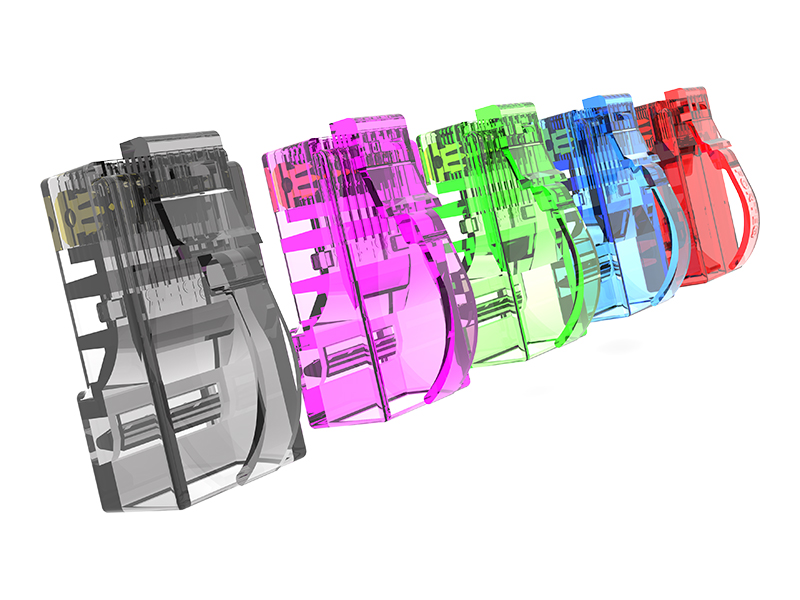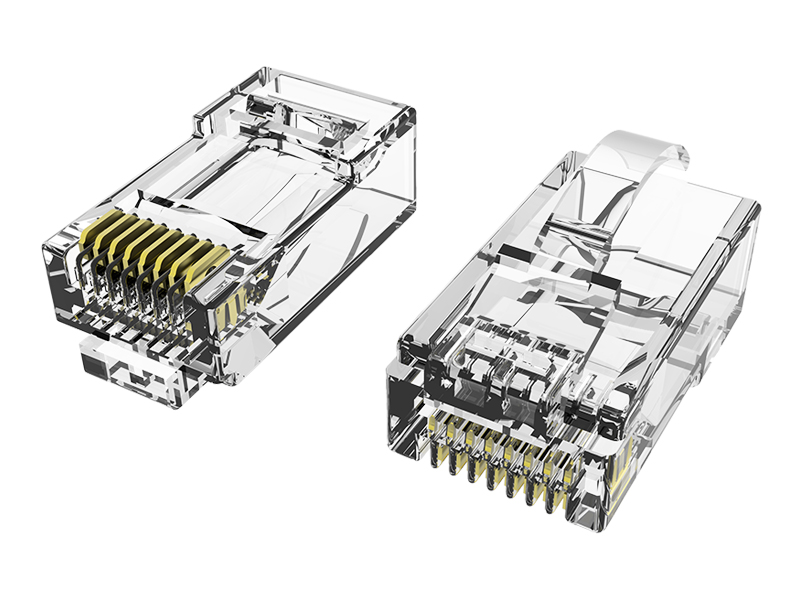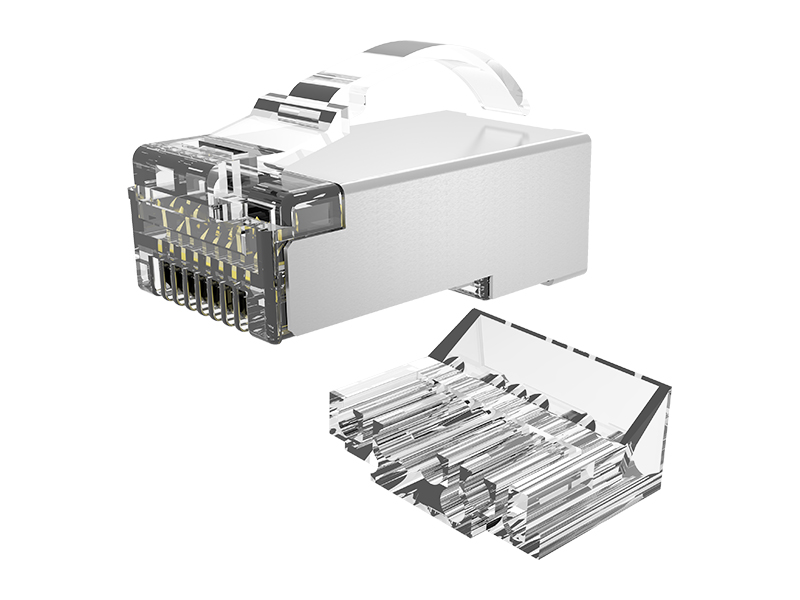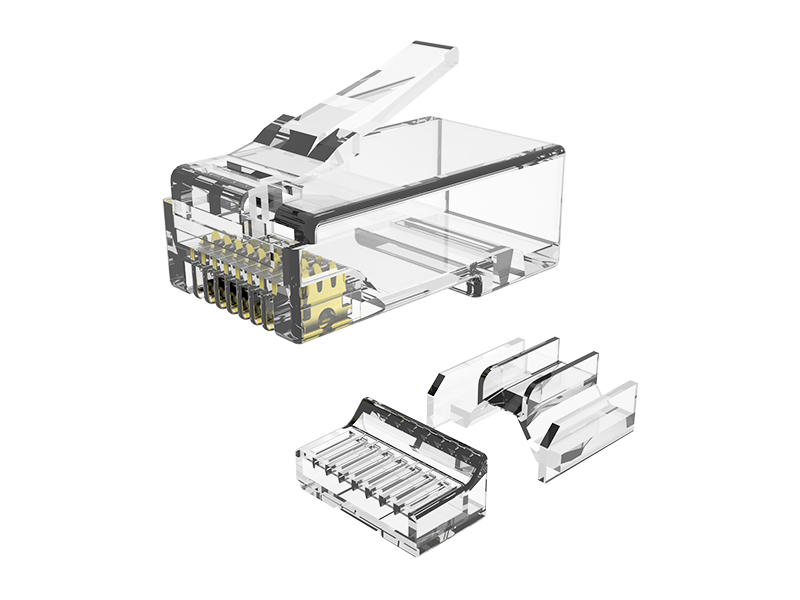Frequent plugging and unplugging can significantly affect the service life of pass through connectors. The following is a breakdown of the main influencing factors:
Accelerated wear of contact components
The process of plugging and unplugging inevitably generates metal friction. Frequent operation will quickly consume the coating on the contact surface (such as gold and silver), exposing the underlying metal. This will reduce the anti-corrosion ability, increase contact resistance, lead to heating, signal attenuation, and even failure.
Fatigue of elastic components
The contact relies on its own elasticity to maintain a tight connection. Repeated insertion and removal can cause the metal spring to exceed its elastic deformation range, resulting in permanent deformation or stress relaxation. The decrease in contact pressure will cause intermittent conduction or complete disconnection.
Mechanical damage to insulators
The connector housing and insulation partition bear stress during insertion and extraction. High frequency operation may cause plastic shell cracking, guide groove wear, or buckle mechanism breakage, resulting in loss of alignment and locking function, ultimately leading to loose fit.
Deterioration of sealing performance
Connectors with protective functions rely on rubber sealing rings for dust and water resistance. Frequent insertion and extraction of compression seals accelerate their aging and cracking. Once the seal fails, moisture and pollutants will invade and corrode the internal contacts.
Cooperation accuracy degradation
There is a slight misalignment or impact during each insertion and removal. The cumulative effect causes deviation in the center distance of the pins/sockets, leading to wear on the guiding structure. Difficulty or inability to fully plug and unplug in the later stage, forced operation will cause physical damage.
Risk of arc erosion
Live plugging and unplugging (especially in power circuits) can cause arcing. Frequent operation continuously ablates the contact surface, forming carbide pits. The effective area of the contact point decreases, the resistance increases, and enters a vicious cycle until welding and adhesion occur.



 中文简体
中文简体 English
English Français
Français Deutsch
Deutsch عربى
عربى

